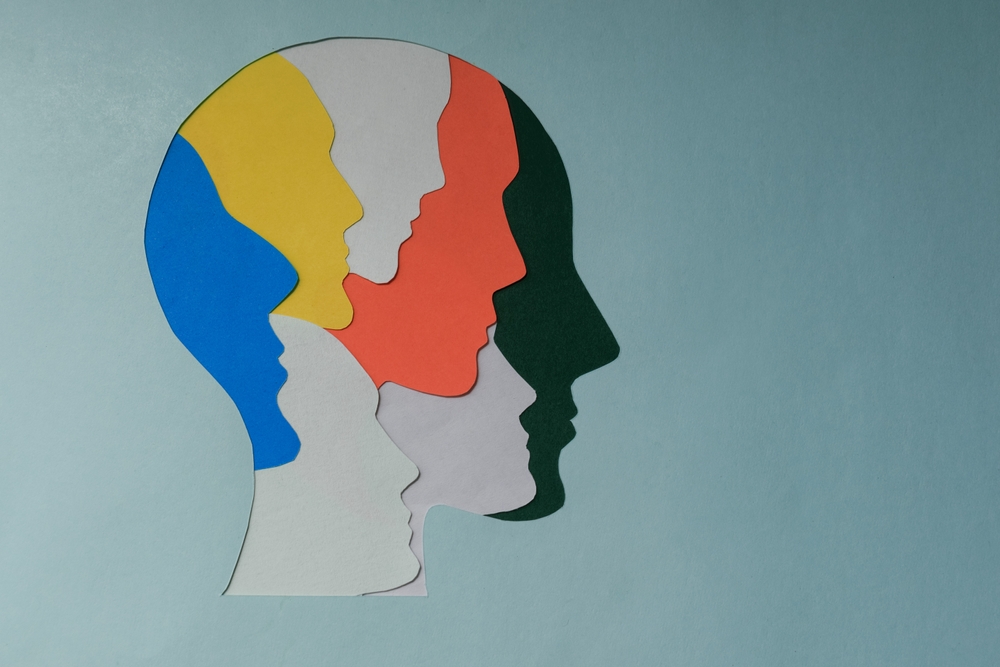
Monday August 14, 2023
Understanding Human Behaviour: The DISC Approach
Understanding human behaviour is the cornerstone of communication. The DISC model is a framework that sheds light on the intricacies of human interactions—developed by William Moulton Marston, a physiological psychologist with a PhD from Harvard. William also invented the lie detector and created the character of Wonder Woman! His 1928 book, Emotions of Normal People established the theories that were later developed by many others. The DISC (sometimes called DISA) model categorises behaviour into four main types:
- Dominant (red)
- Influential (yellow)
- Steady (green)
- Conscientious/Analytical (blue)
These four terms are the primary behaviour types that describe how people see themselves in relationship to their environment – each of these is associated with a colour: Red, Yellow, Green, and Blue.
In Thomas Erikson’s book, “Surrounded by Idiots,” he explores these behaviour types and how this understanding can improve communication. For Thomas, an “idiot” is merely someone with a different behaviour profile—and mode of communication.

Understanding your audience is key in communications, and if you intend to communicate with impact, you will need to understand your audience. There are many ways to segment audiences. The DISC method focuses on four different personality types to help you identify who you are communicating with and, most importantly, how to adapt your communication style to really connect. The book also explores how each type works well with others and, in some dynamics, does not work well with another personality type. In life, you cannot always decide who you work with, so this book offers helpful advice on navigating and communicating in relationships where personality styles have innate conflict. Let’s dig deeper.
RED – Dominance
Reds are driven, ambitious, decisive and dynamic, which makes them natural leaders. They bring energy and momentum to a team and are extremely competitive. They work hard and constantly challenge themselves. Reds are task-oriented and are always on the go. They communicate straightforwardly and will not hesitate to state their views.
However, Reds can appear aggressive, impatient, or domineering. They’re so focused on getting things done that they may bulldoze over others or leave others behind. They may also interrupt others, assert their views, or seem controlling/confrontational.
CEOs and high-powered executives often fall into this personality type. They tend to be
- Task-orientated
- Issue-oriented
- Extrovert
- Active
- Implementer
They tend not to be relation-oriented. They work well with Yellows and Blues, but working with Greens can be challenging.
Yellow – Influence
Yellows are positive, creative and sociable. They are social butterflies: outgoing, popular, and have a huge social network. Yellows are always full of vitality, fun, and laughter, infecting others with positive energy. They are also optimistic, resourceful and inspiring. Of the four colours, Yellows are the most animated, expressive and talkative of the four colours.
However, Yellows can also appear impulsive, attention-seeking, and overly verbose. They are bad listeners and tend to dominate a conversation, often spewing ideas or opinions without prior thought or knowledge. They are so fun-loving that they may resist rules, miss deadlines/appointments, and get carried away by excessive optimism.
Sales and business development executives often fall into this personality type. They tend to be:
- Relation oriented
- Extrovert
- Active
- Implementer
They tend not to be task or issue-oriented. They work well with Reds and Greens, but working with Blues can be challenging.

Source: Erikson. Surrounded by Idiots: The Four Types of Human Behavior and How to Effectively Communicate with Each in Business (and in Life). Penguin, 2019.
Green – Stability
Greens are calm, stable, and loyal. They prefer a calm, predictable environment where they can move at a leisurely pace. They are patient, reliable, and great team players but shy away from the spotlight. They like to avoid conflict wherever possible to maintain harmony and stability.
On the flip side, Greens may be perceived as stubborn, indifferent or even dishonest. They don’t change their minds or take action until something feels truly “right” for them. The bigger the challenge or problem, the more they hold back. So, they can seem slow or resistant to change. To avoid conflict, Greens may sit on the fence or speak in vague terms. Even if they disagree with something, they’re unlikely to speak up, preferring to voice their displeasure privately behind your back.
Account Managers, and HRs, often fall into this personality type. They tend to be:
- Relation oriented
- Introvert
- Passive
- Reserved
They work well with Blues and Yellows, but working with Reds can be challenging.
Blue – Analytic
Blues are detail-oriented, analytical and perfectionists who seek the right answers to everything. They categorise, label and document everything and systematically do things. You will find them using complex spreadsheets and decision-making tools to evaluate a problem from all angles. They will check everything multiple times and insist on contingency plans before taking action. They don’t speak unnecessarily and prefer observing and analysing everything around them quietly.
However, Blues may also be perceived as distant, pessimistic and fastidious. It can be slow and tedious to work with them. They can also appear cold and critical, always asking for evidence and pointing out risks and problems.
Finance Controllers often fall into this personality type. They tend to be:
- Task-oriented
- Issue-oriented
- Introvert
- Passive
- Reserved
They work well with Reds and Greens, but working with Yellows can be challenging.
Getting Along with Each Other
To quote the great philosopher Socrates,
“The perfect human being is all human beings put together. It is a collective, it is all of us together that make perfection.”
So it is with teams. In a perfect work environment, every team should have each colour represented for optimal results. It’s also important for each colour to occupy the right role to have them thrive.
A perfect cycle could kick off with the Yellow ideating as they’re always bustling and full of ideas, the Red decides which idea to action, the Green gets to do the work, and the Blue evaluates and looks after the results.
As you can see, there is no perfect behaviour type. Each colour has its strengths and weaknesses. Any behavioural type can backfire if it’s applied in the wrong situation or if it’s taken to an extreme. Moreover, most people have more than one dominant colour and may exhibit different colours under different circumstances.
The key to communication starts with self-awareness. Understanding yourself and how you prefer to communicate is critical to you and those who work alongside you. Developing empathy and taking the time to understand the different types in your team is what makes a dream team.
Curzon PR is a London-based PR firm working with clients globally. If you have any questions, please feel free to contact our Business Development Team bd@curzonpr.com







Follow us